Sansevieria Care: Complete Plant Care and Watering Guide
The Sansevieria
Sansevieria are characterized by their rigid, upright, sword-like leaves. Their architectural nature makes them a natural choice for modern and contemporary interior designs.
If you're new to plant ownership or just looking for an easy-care houseplant, a Sansevieria is the plant for you. These hardy plants remain popular due to their adaptability to a wide range of growing conditions. They can withstand full sun and handle low light, though they'll do best with indirect sunlight. And because Sansevieria is native to the arid deserts of West Africa, they don't require much water, especially in winter.
FUN FACT
Sansevieria are unique in that they perform a specific type of photosynthesis at night that allows them to release oxygen throughout the night, unlike most other plants that release oxygen only during the day.
_________________________________________________
How to care for your Sansevieria
Use these instructions to care for a Sansevieria. This guide will tell you how to water a Sansevieria; its light, temperature, humidity preferences, and any additional care it may need to help it grow.
Sansevierias do best in moderate to bright indirect light. However, they do well in low-light areas and can also tolerate full sun.
Your Sansevieria doesn't need much water, and overwatering can cause the plant to rot. Be sure to keep the leaves dry when watering and allow the soil to dry between waterings. Reduce watering to once a month during the winter.
This plant does not require additional moisture.
Conditions ranging from 55-85 degrees are fine for Sansevieria, however, they prefer warmer temperatures.
Fertilize your plant twice a year with a general-purpose plant food.
Sansevierias are mildly toxic to pets and humans. Ingestion will typically cause mouth and stomach irritation and possible vomiting.
Sansevierias are an easy and hardy plant and do not require any additional care.

_________________________________________________
Common Problems for Your Sansevieria

Your Sansevieria can go weeks between waterings, so overwatering is extremely common. Overwatering and inadequate drainage will cause the leaves to curl, but they usually won't. Curling can occur when the plant is underwatered and left dry for too long.
Dry soil for too long
Your Sansevieria is very drought-tolerant, but that doesn't mean you can completely forget about it. Make sure you don't overwater or underwater your plant. Maintain a consistent watering schedule: water when the top 50% of the soil is dry.
If you accidentally leave your Sansevieria's soil completely dry for too long, you may see the leaves limp, droop, and possibly start to brown and curl. If the soil is extremely dry all the way through the pot, a thorough soaking is in order.
Here's how to soak your Sansevieria:
- Place your plant in your sink or tub without the saucer. Fill the basin with about 3-4 inches of water. Make sure the water isn't too hot!
- Let your plant absorb water through the drainage hole at the bottom of the pot for at least 45 minutes.
- Feel the top of the soil after your plant has been soaked, has the water reached the top 2-3" of soil?
- If not all of the soil feels saturated, water your Sansevieria lightly from the top of the soil to help speed up saturation.
- When your plant's soil is evenly moist, drain the sink/tub and let the plant rest while it drains well. Return the plant to its saucer and place it back in its proper location.

Your Sansevieria's blades could be turning yellow for several reasons. Let's investigate and get to the bottom of this!
Humidity
Providing adequate soil moisture (or lack of moisture) is important in caring for a Sansevieria. The number one cause of yellowing leaves among Sansevieria plants is overwatering. Sansevieria basically thrive on neglect: they don't need much water to survive. Only water when the top 50% of the soil is dry. Water until water flows freely from the drainage hole at the bottom of the pot. Be sure to discard any excess water that runs into the saucer. Your Sansevieria doesn't like "wet feet," as this can lead to root rot and eventual death.
Its watering consistency
Alternating between dry and wet soil from poorly timed waterings can create stress and cause the Sansevieria to have yellow leaves.
Pests
Weakened or stressed sansevierias become more susceptible to insect infestations. Sap-sucking insects like spider mites can drain your plant of moisture. This problem quickly manifests itself as yellowing of leaves and fronds. Scale, mealy bugs, and spider mites are common indoor pests. If not killed early, these tiny pests proliferate and move along the leaves and blades. The insects' piercing mouths exhaust your plant and accelerate yellowing, especially if your sansevieria is already unhealthy due to a nutrient deficiency or inadequate soil moisture.




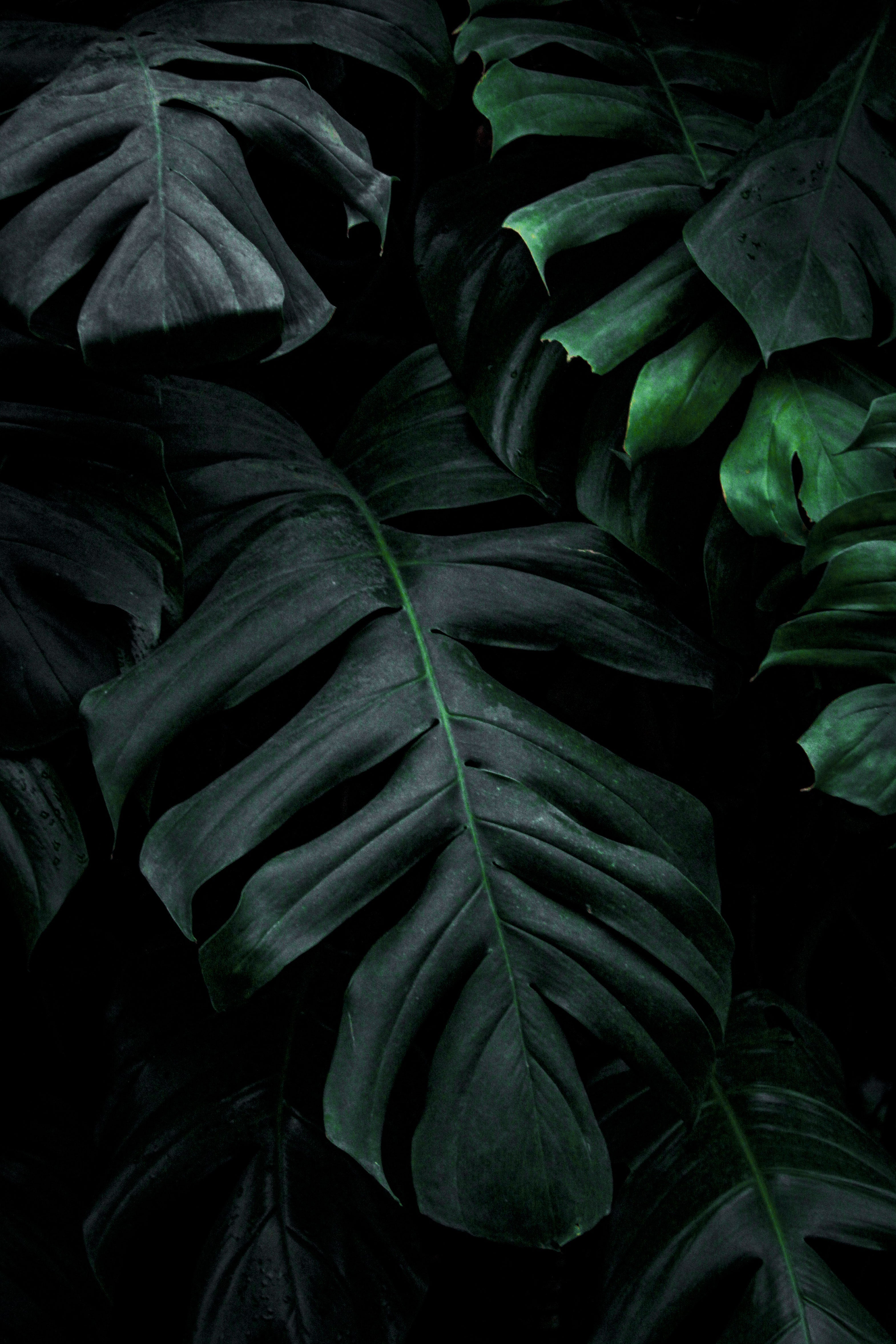
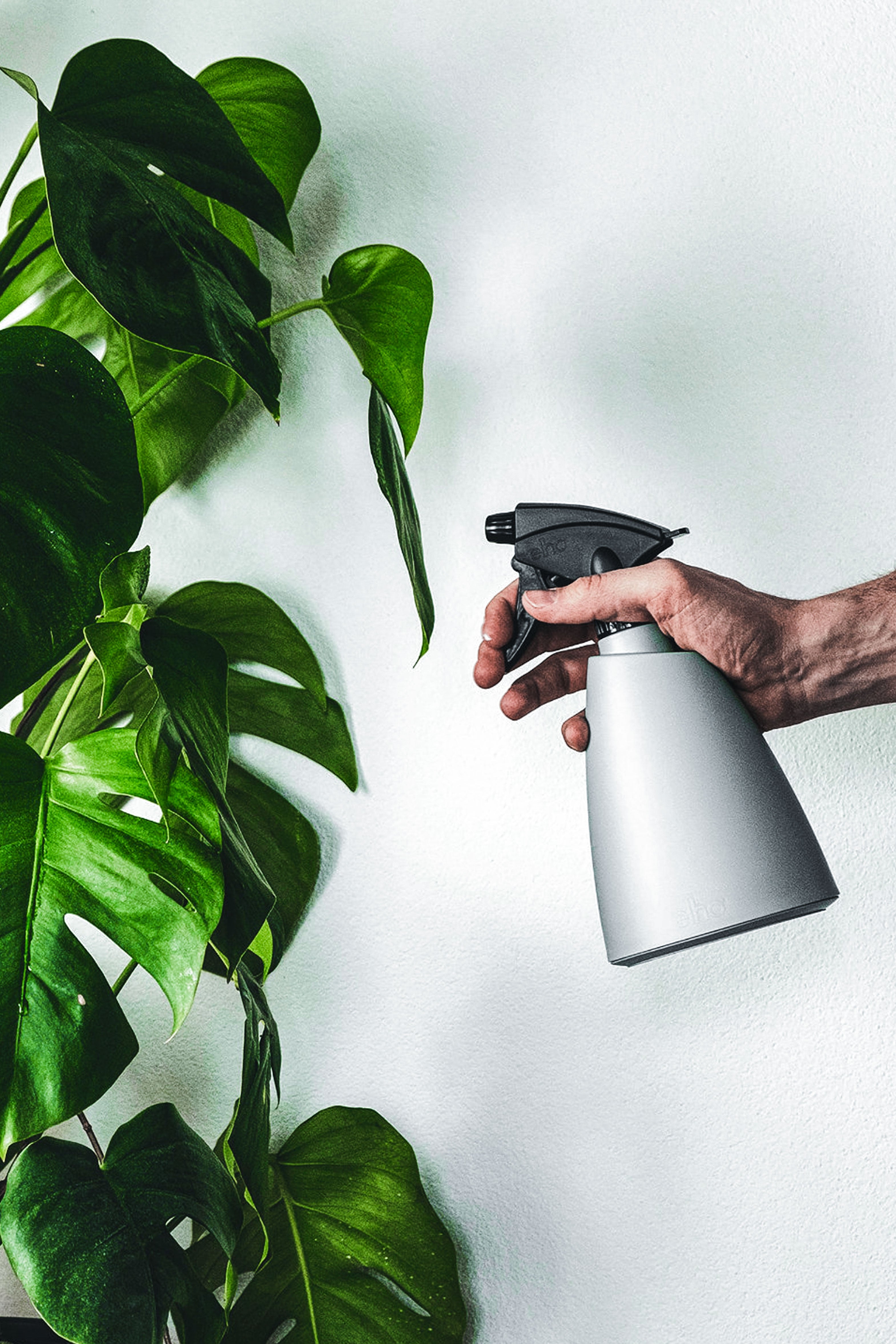
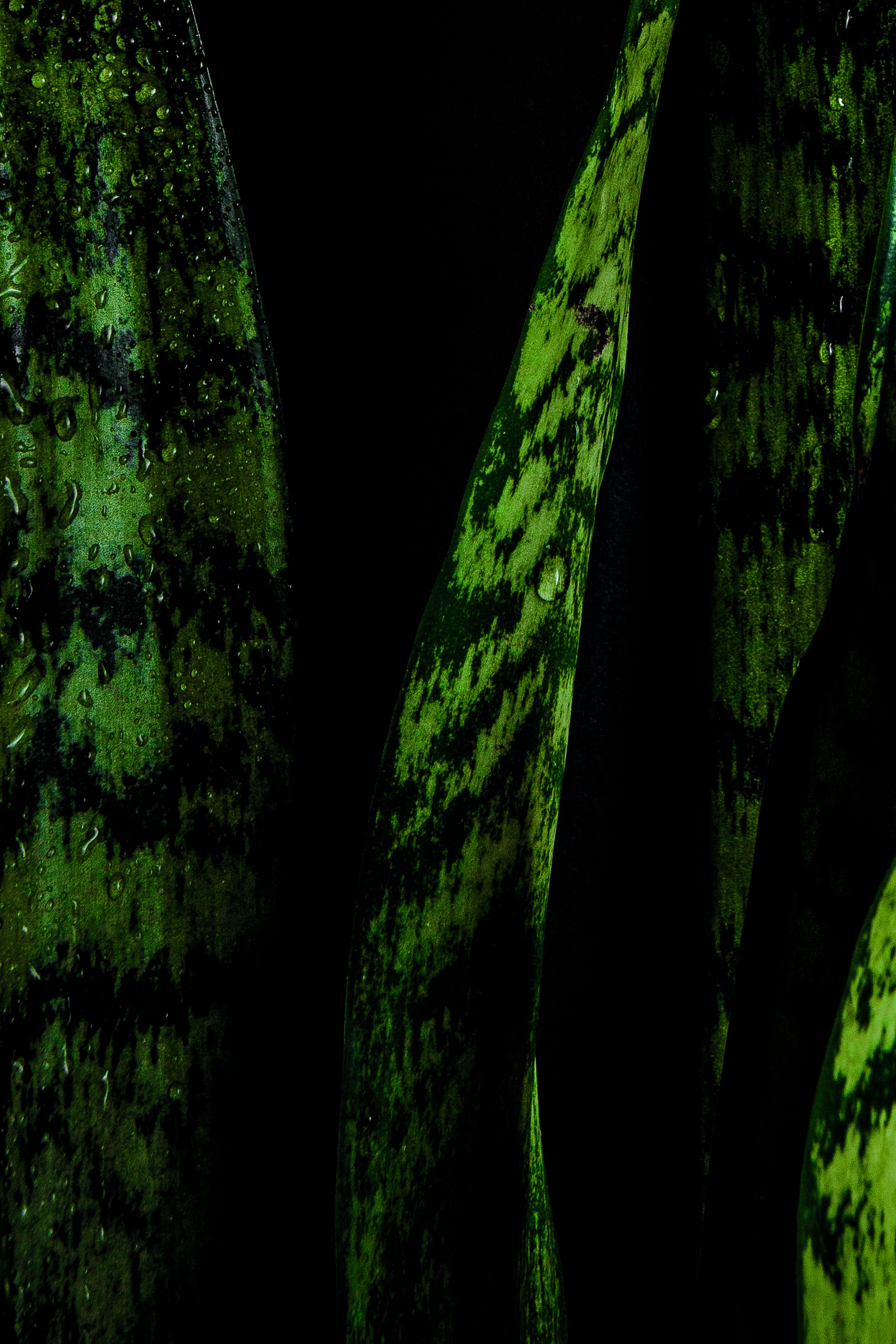
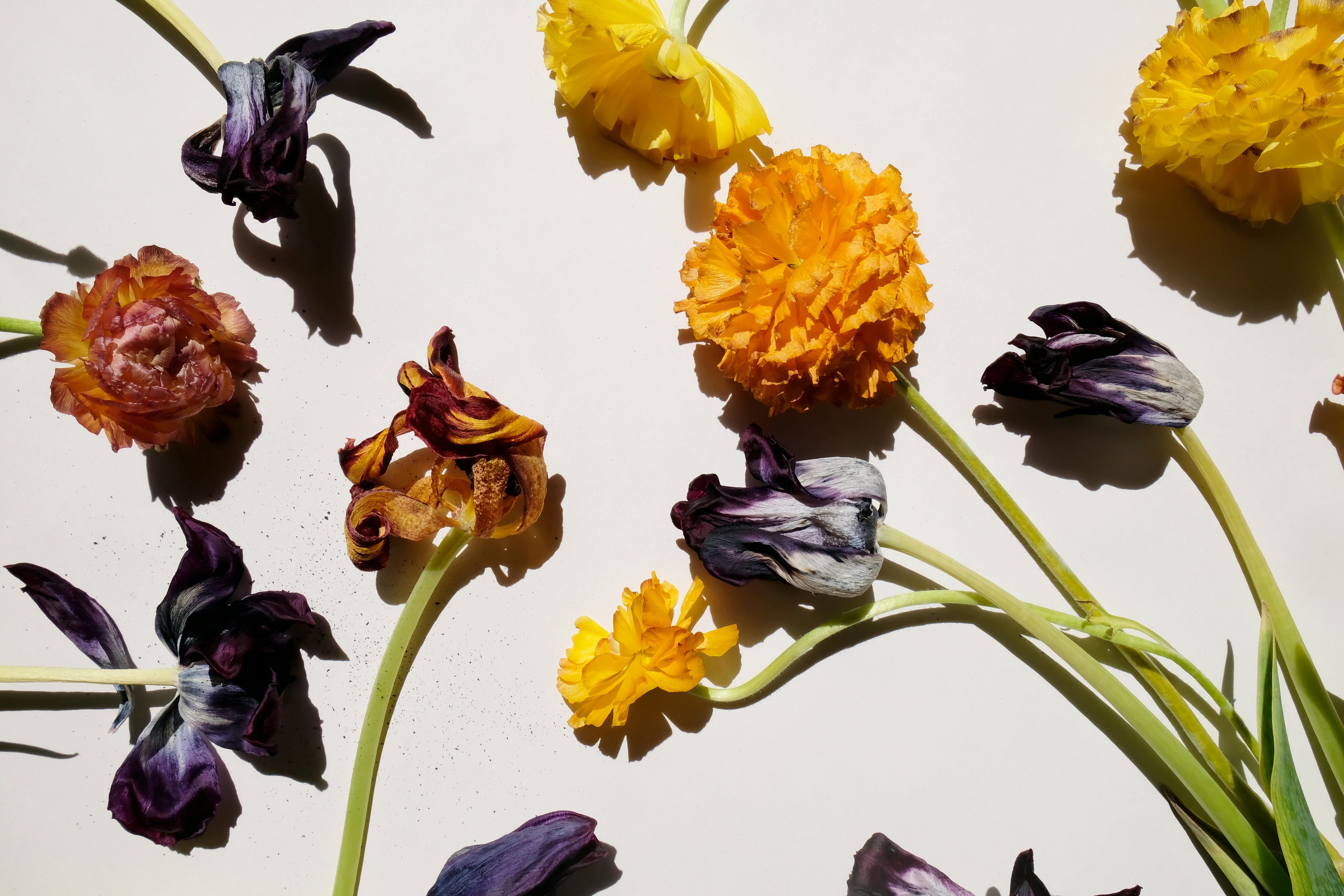
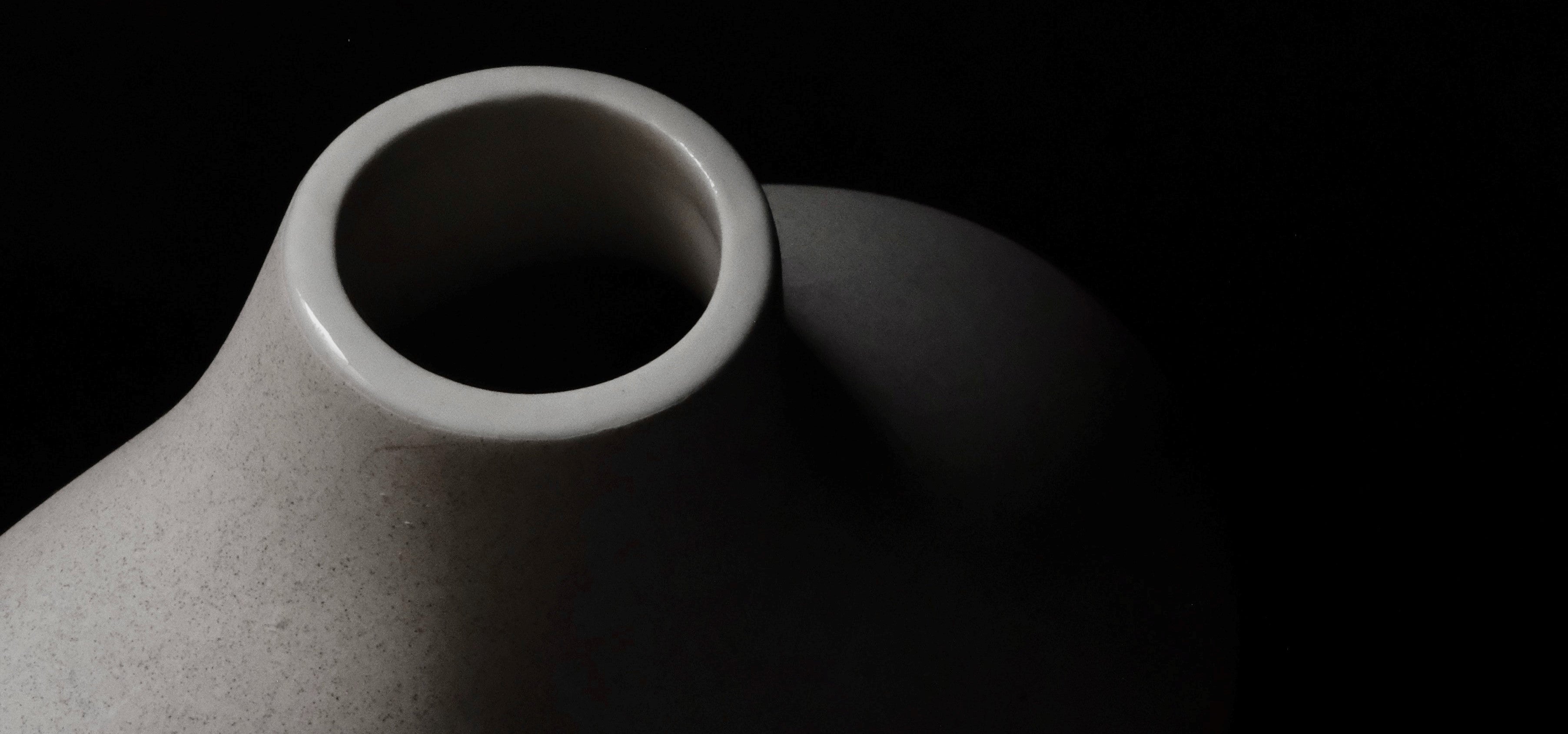
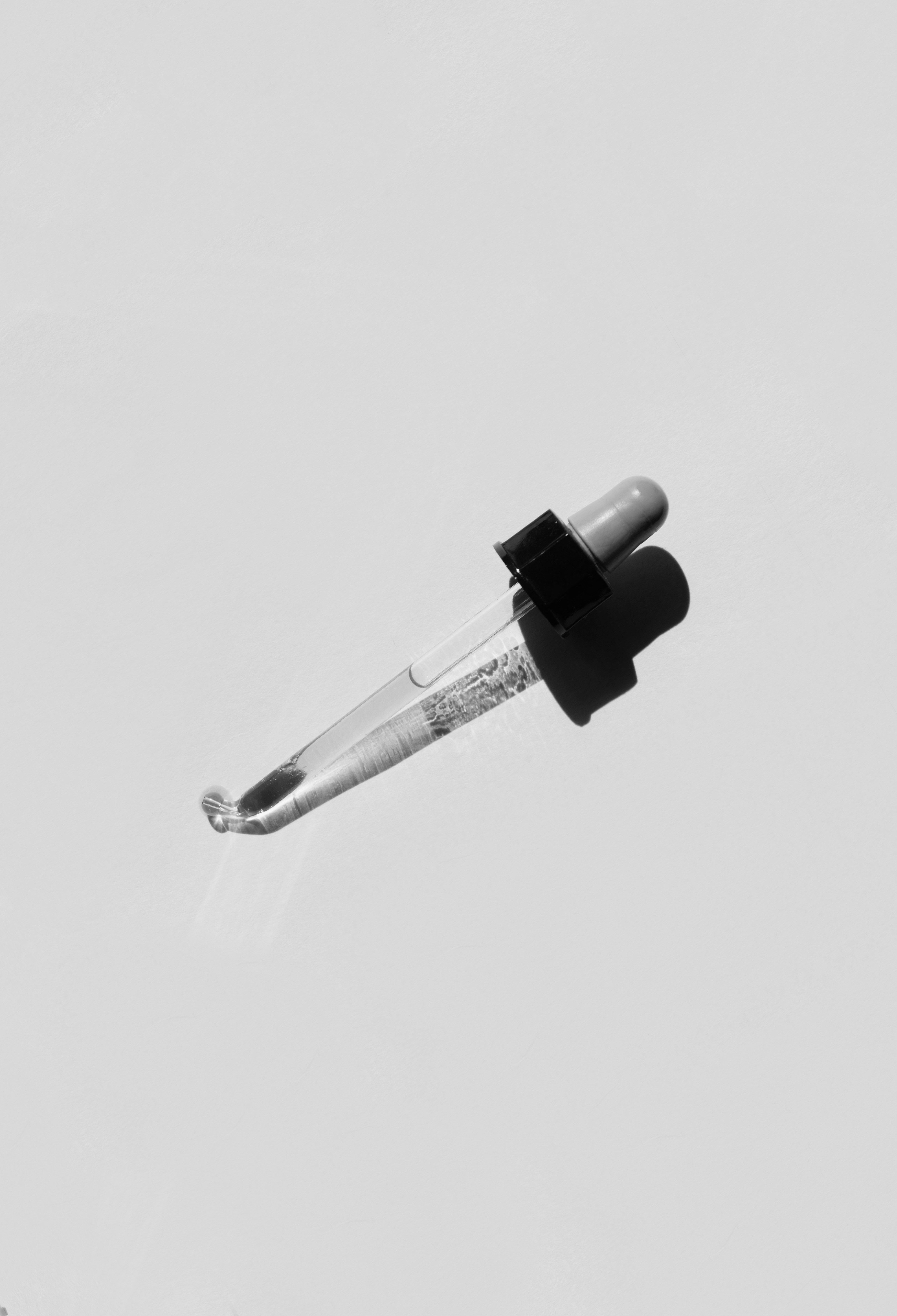
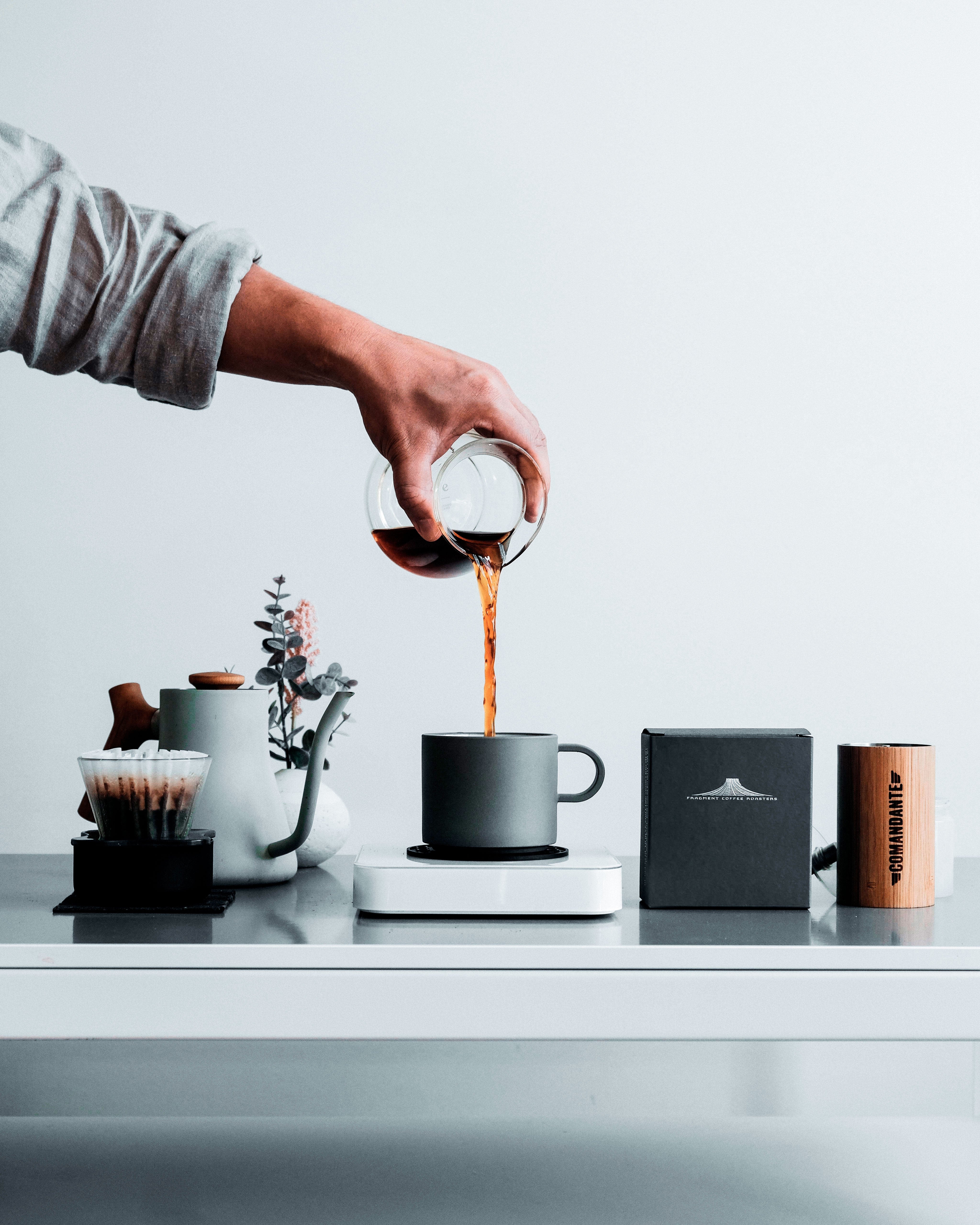
Hola!
He recibido dos sansivieiras y una planta pequeñita de regalo.
Van en macetas pequeñas… las he de transplantar?
Leave a comment